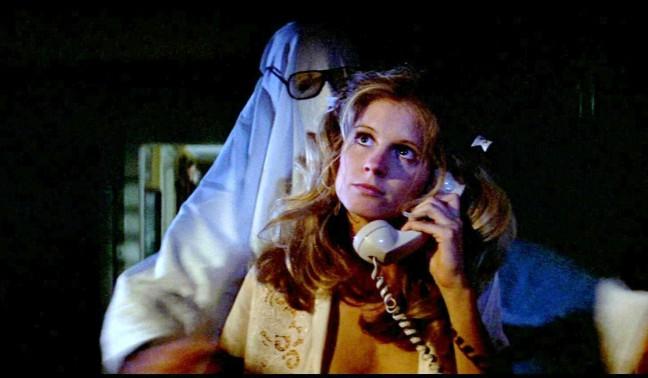My love affair with horror began almost 10 years ago while sitting alone in the dark one night, watching a Bravo special on the scariest movie moments in film history. The scenes shown terrified me so much that I had to put every stuffed animal I owned into bed with me before I could sleep. Though I was terrified to an unsettling degree, I wanted to watch all those films, whether they were dated 40s monster movies or gory 80s slasher films. My obsession with this list has driven me to watch a good half of it in the last several years, and I have no plans on stopping. What strikes me every time I look for another film to watch is the span of the list and just how tangible horror can be.
Unlike many other genres, horror is one of the most subversive, inclusive and broad. That’s not to say that formulaic plots and tiresome clichés don’t litter theaters every year, but looking at what constitutes horror oftentimes remains difficult because of the genre’s scope. What’s really quite depressing is the ideal of what constitutes horror today. There have been many golden ages for horror, yet many disheartening trends. With every “The Haunting” and “Peeping Tom” there are countless B-movie rip-offs and “jump scare”-ridden catastrophes.
I would never say that an entire genre — or state of moviemaking in general — is flawed. There are still countless horror films that are trying new, revolutionary techniques of storytelling and building suspense. Directors such as Guillermo del Toro, Michael Haneke and even Wes Craven (to a lesser extent) are some of the greatest voices in horror, and they’re still working today. There’s also recently been a larger use of psychological horror, dystopian landscapes, sci-fi elements and mythology and lore. However, fresh voices have been laying siege to the genre, especially in indie markets.
What really grinds my gears is the fact that the highest-grossing horror films — as well as some of the more respected — are satires, parodies and spoofs. “The Cabin in the Woods,” which takes its appeal from such films as “Cabin Fever,” “The Evil Dead,” “Hellraiser” and “Night of the Living Dead,” is the most lauded and talked about horror film of the past five years. That by itself is fine by me, because the writer of the film is none other than Joss Whedon, almighty God of the Whedonverse. The film is very enjoyable and very quirky, and it sparked a new conversation in the horror community. What annoys me is that most of the viewers found that, by making a direct satire of these treasured horror movie staples, Whedon was intentionally mocking them and making them lack weight. Any kind of parody requires love of the original material because you must know it inside and out before making light of it.
Even the goriest, sloppy, madcap horror films of the past several years have been interesting and somewhat bearable. For me, the worst of the worst is “Silent House,” a remake of a Uruguayan film from one year prior. The film has no ambition, only a simple gimmick: it looks like it’s all shot in one take. The film, in itself, says everything that I feel is wrong about the genre: it’s not what scares the audience, only what gets them into the theater. Many films have used gimmicks and marketing techniques in order to get people to come see a movie that isn’t all that scary.
Then there are the films that are easy to pick apart even before you get to the theater. They look enticing, their descriptions often sound like a great watch, but deep down you already know they’re a waste of time. The two most recent that come to mind are “You’re Next” and “The Purge.” Besides the blasé titles, these films have little substance. They both feature home invasions, both have twists to them and both do not possess interesting or frightening kills. Most bad horror films have boiled down to a simple formula as of late: killer(s) with little motive, quick kills and victims who have extensive backstories to make them more human.
There are also the trends of found footage (“Paranormal Activity”), torture porn (“Hostel”), main character deaths (“Saw”) and a flair for grotesque over-scares (“The Human Centipede”). These trends may be the norm because their original predecessors have actually been entertaining. Other great films of the past couple years have just been strange like “Orphan” or bizarre like “Slither.” As I said, horror is complex. Whether you’re in it for the scares or just to revel in the depraved imagination of people in general, there’s definitely something for everyone in this genre — even the person who may still need her teddy bear after watching a scary movie.
http://www.youtube.com/watch?v=RC1d7dw24Gg


